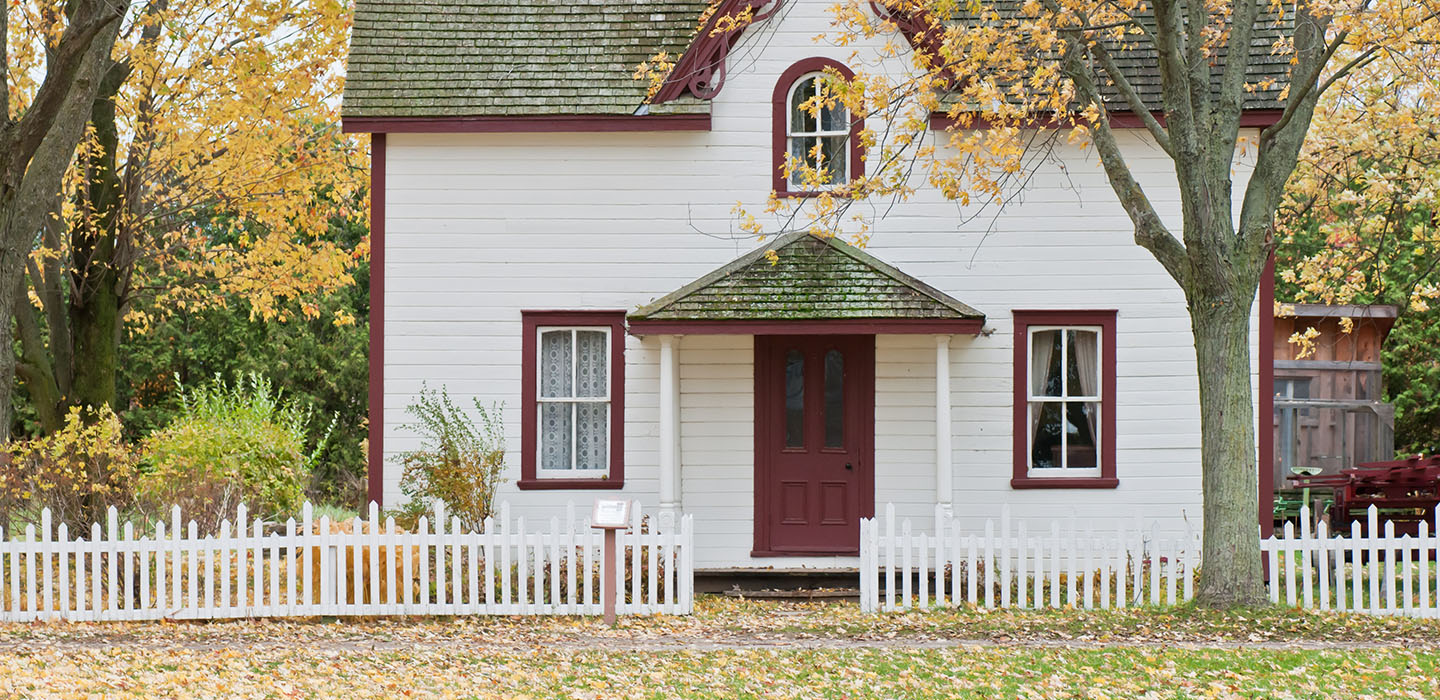It's a common question when deciding to refinance your home loan: When's the right time?
The answer is: When it makes financial sense. But what does this mean exactly? And how can you decide if it's right for your situation?
What the Experts Say
Historically, experts have recommended refinancing when the interest rate is 2% lower than the rate you currently have. But today, many lenders say 1% may be enough. Of course, the bigger the spread between your existing loan rate and the new loan's rate, the better.
Why Do You Want to Refinance?
There are many reasons to refinance, including:
- Getting a lower interest rate.
- Using your home's equity for expenses like remodeling.
- Moving from an adjustable-rate to a fixed-rate loan.
- Shortening your loan's term to pay your home off quicker.
- Removing private mortgage insurance, or PMI.
- Adding or removing a co-signer or co-borrower.
Costs to Refinance
Refinancing costs between 2% to 5% of your new loan balance amount. Typically, this includes fees for your application, underwriting of the loan, appraisal, credit check, title services, home survey and settlement.
Modifying Your Loan Terms
If you're changing your loan terms, such as moving from an adjustable-rate to a fixed-rate mortgage or making the loan term shorter, these changes may save you money over time. Discuss your options with a loan consultant who'll help you compare loans that align with your current financial circumstances.
Considering Cash-out Refinancing
If you've built equity in your home, you can get a cash-out refinance, meaning you'll replace your existing mortgage with a new one for a larger amount that pays off your original balance. Then you receive cash back to use for anything you want, such as home renovations or paying for major expenses.
In most instances, lenders let you borrow up to 80% of your home's value, but this can vary depending on your creditworthiness, the property type and your current mortgage. Keep in mind a cash-out refinance will increase your monthly payment and mortgage loan balance, and the new loan will come with a new interest rate and loan term. You'll also need to keep at least 20% equity in your home after a cash-out refinance.
Costs Versus Savings
When you are considering refinancing, do the math to see if it makes financial sense. You can do this by finding the break-even point. This is the amount of time it takes to pay back the costs of your new loan and when you’ll start saving money.
Here's an example:
Your closing costs for your new mortgage are at $4,800, saving you $200 a month on your payments. To figure out the break-event point, divide the costs of the new loan by your savings: $4,800/$200. Your break-even point would be two years.
If you need to sell your home before the break-even point occurs, it might not be worth it to refinance.
Interest Rates and Closing Costs
While getting a lower interest rate is great, watch out for higher closing costs because they can impact potential savings. That's why it pays to shop around and get advice when you need it.
Refinancing and Your Credit Score
The better your credit score is, the better rates and terms you can expect. That's because lenders view credit scores as a measure of your financial reliability. Before you apply for a loan, review your credit score, and make sure it's accurate. Determine your debt-to-income ratio, or DTI, which is the portion of your pre-tax monthly income you put toward your debts, including your mortgage or rent, credit cards and other loans. Most lenders consider a DTI of 36% good; some lenders allow 43% to 45%. If your credit score has dropped, work on improving it.
Boosting Your Knowledge and Your Confidence
In a time of market uncertainty, assess your financial situation and lean on a mortgage loan consultant to decide if the potential savings justify the costs to refinance.

